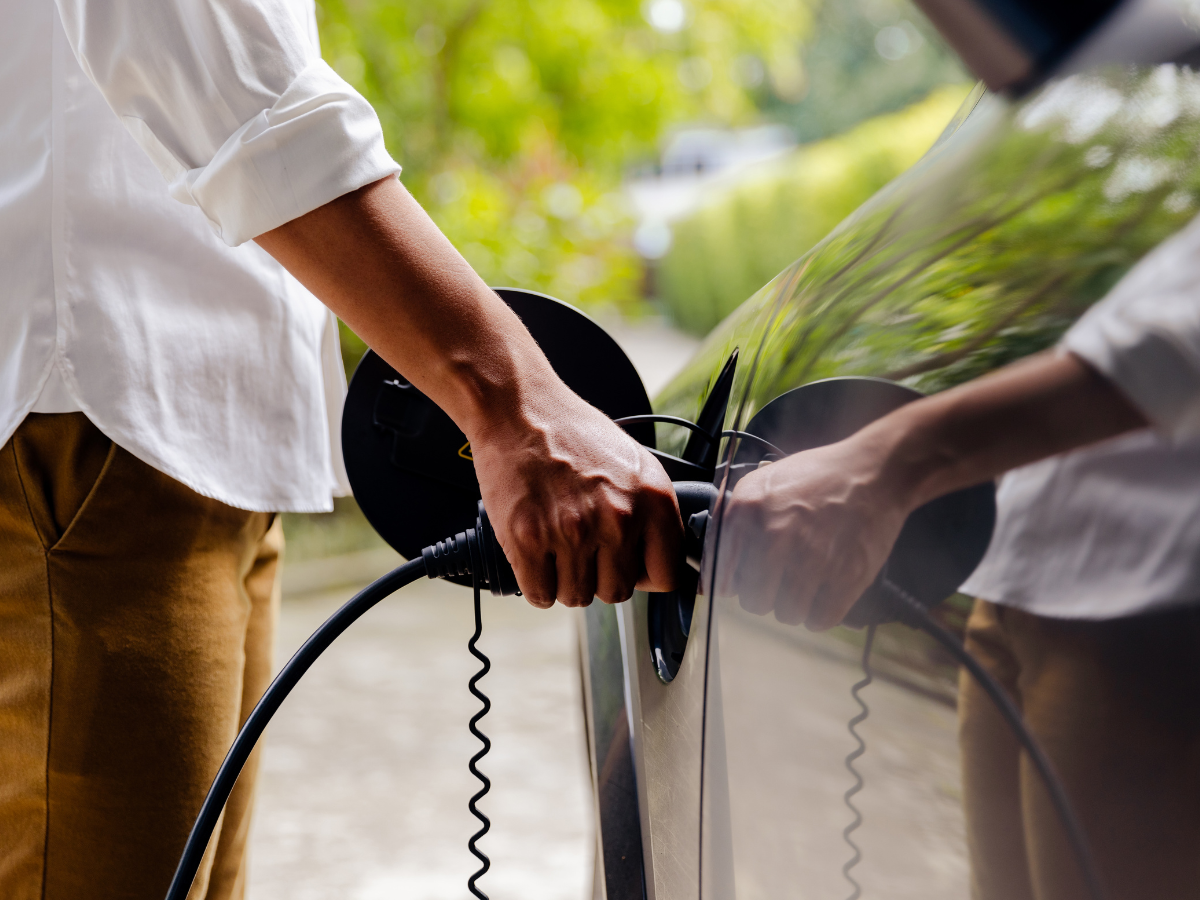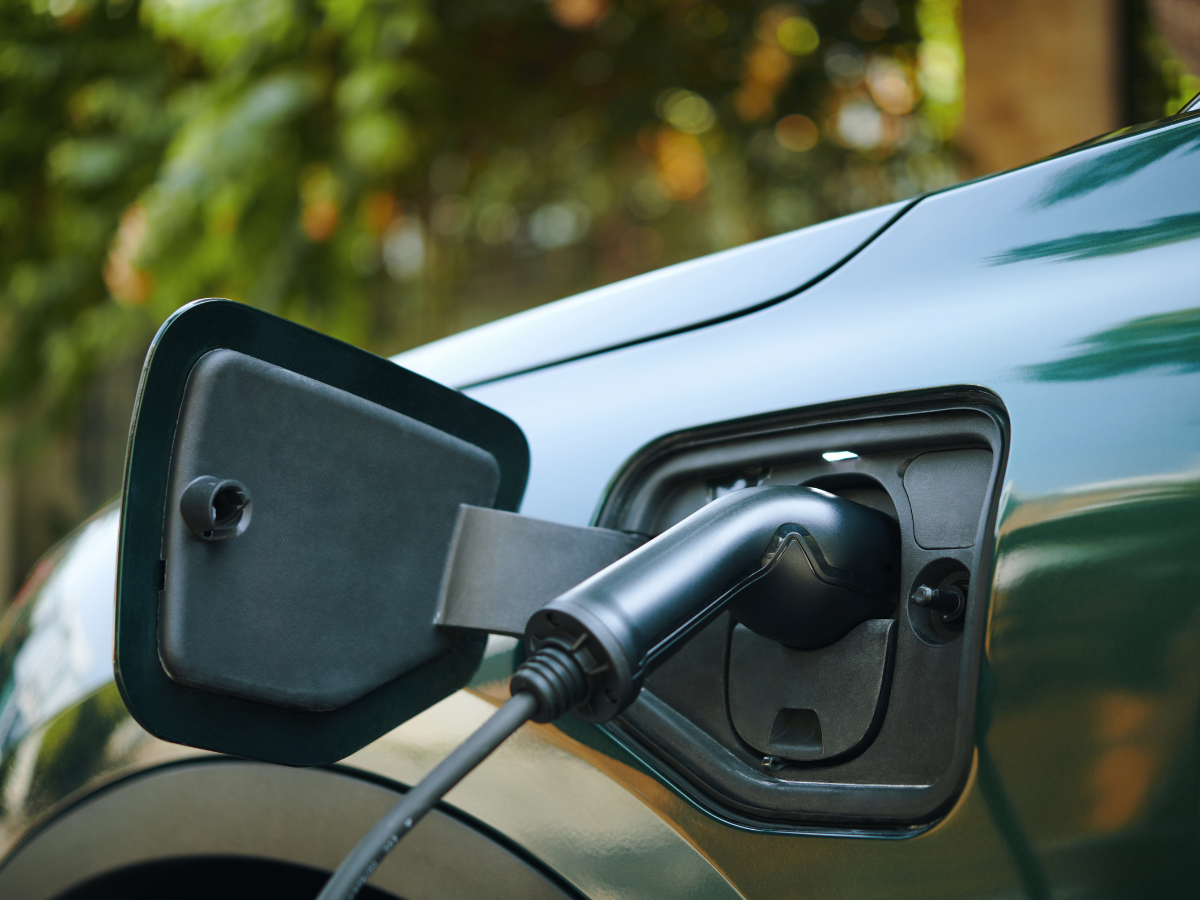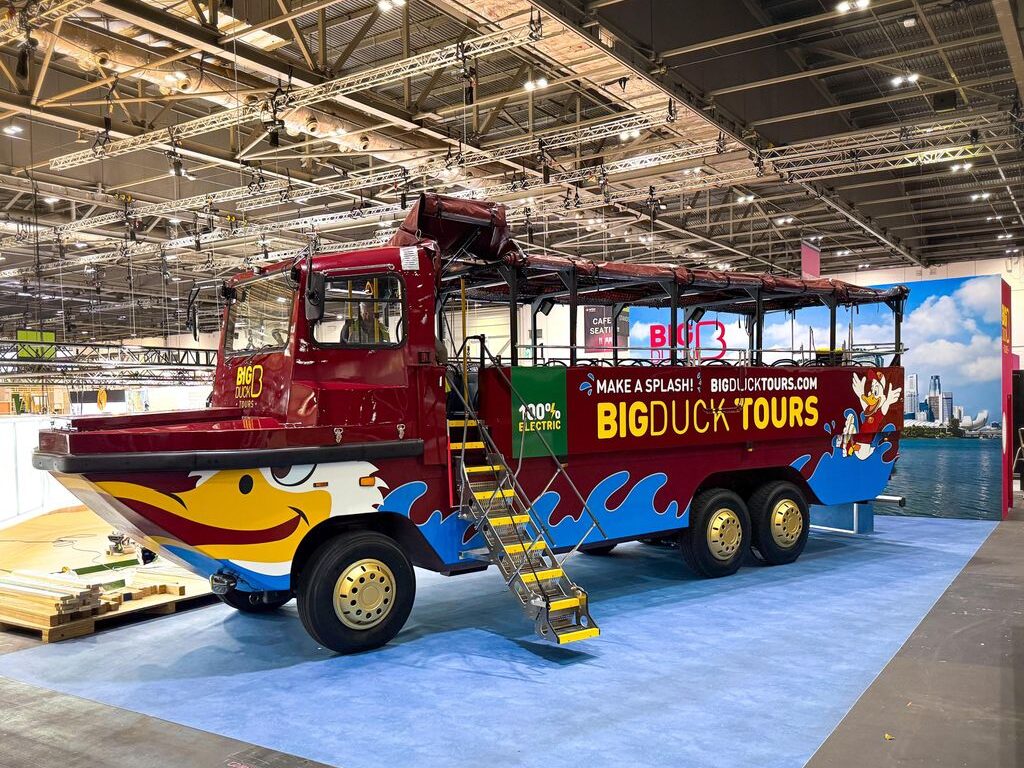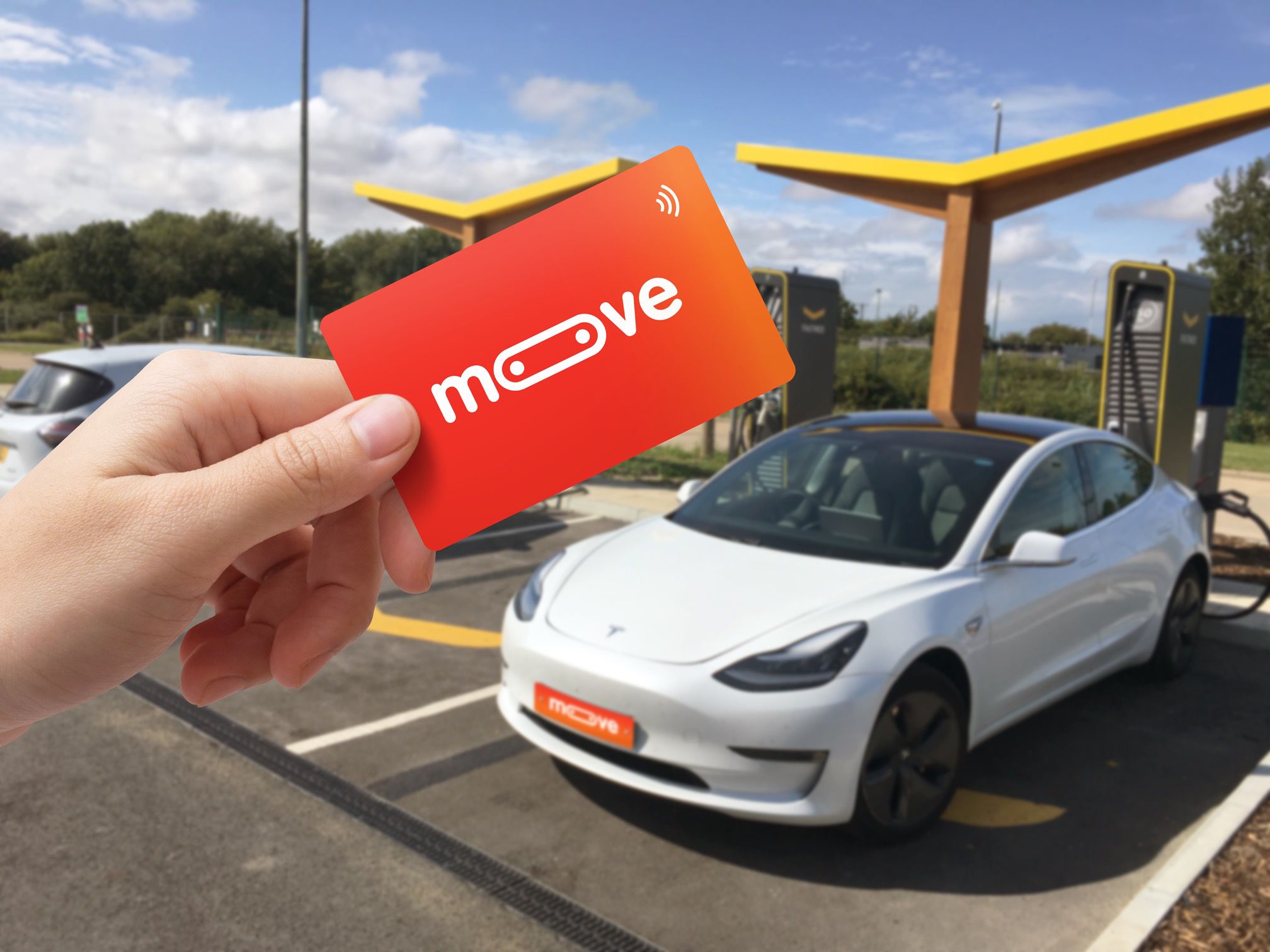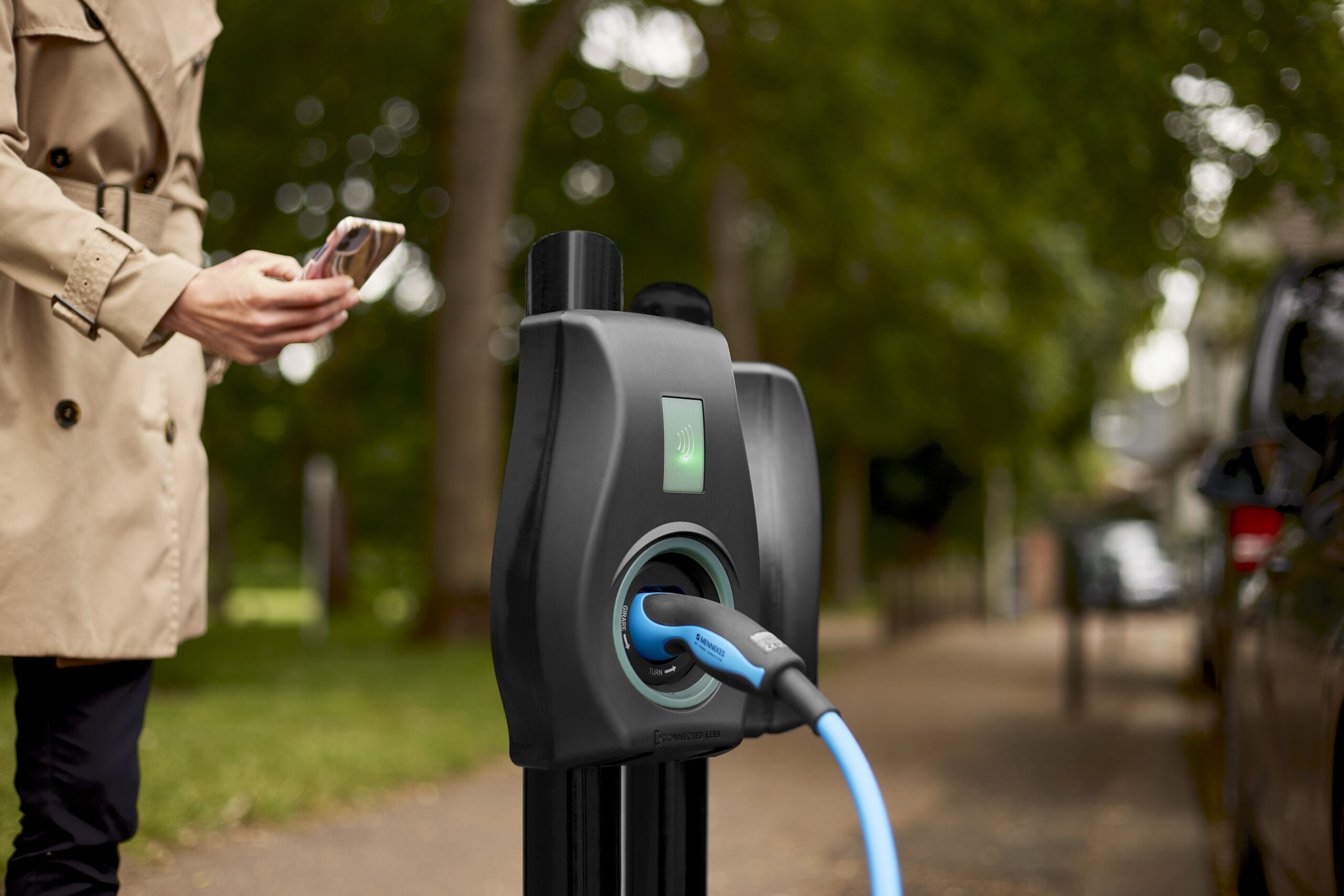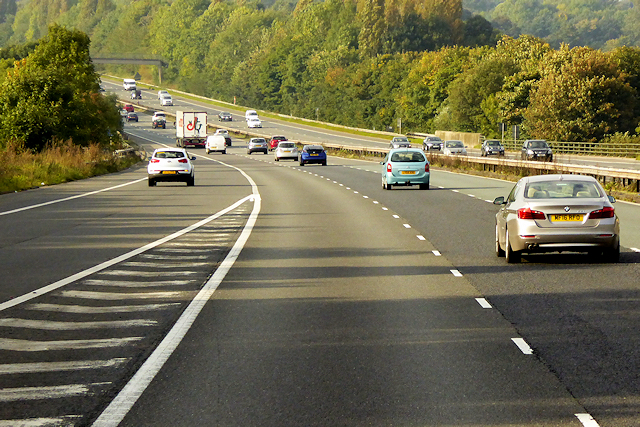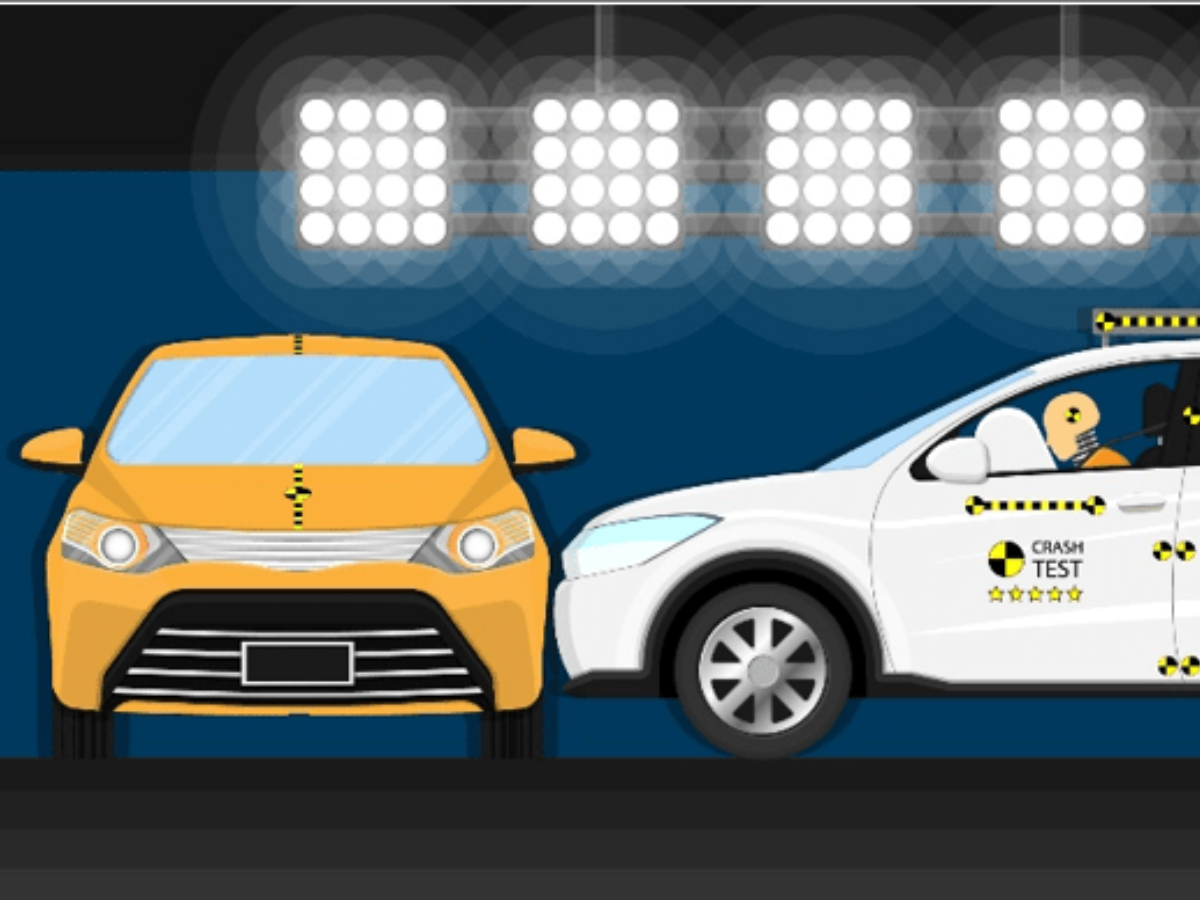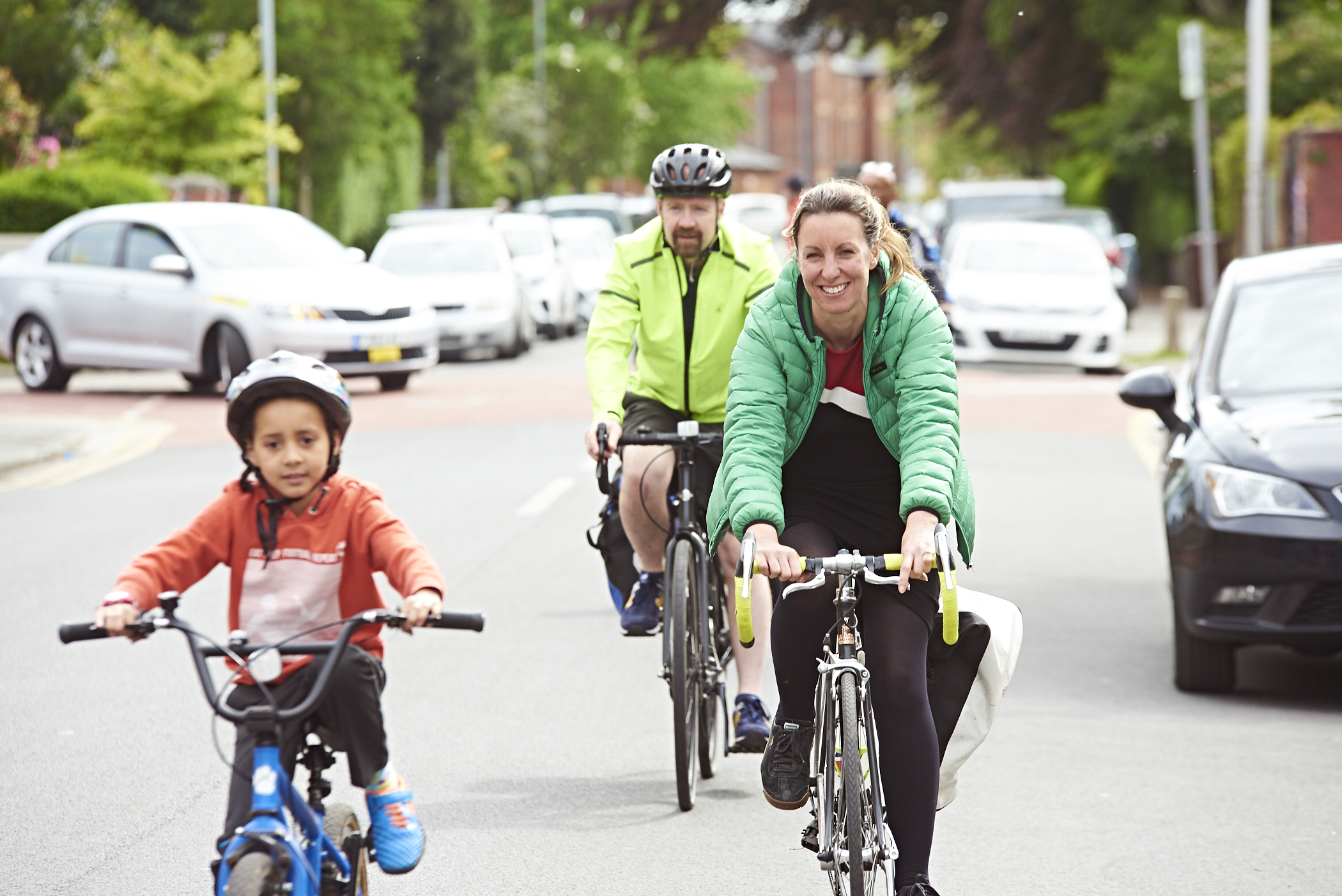Rolls-Royce and easyJet have set run an aircraft engine on hydrogen power.
The ground test was completed with an early concept demonstrator using ‘green hydrogen’ from wind and tidal power, supplied by EMEC (European Marine Energy Centre).
The two companies believe this marks an important step towards proving that hydrogen could be a zero carbon aviation fuel for civil aviation aircraft in the future.

Following analysis of this early concept ground test, a second series of rig tests will take place, leading to a full-scale test of a Rolls-Royce Pearl 15 jet engine.
Grazia Vittadini, Chief Technology Officer, Rolls-Royce, said:The success of this hydrogen test is an exciting milestone. We only announced our partnership with easyJet in July and we are already off to an incredible start with this landmark achievement. We are pushing the boundaries to discover the zero carbon possibilities of hydrogen, which could help reshape the future of flight.
The test took place at an outdoor test facility at MoD Boscombe Down in the UK, using a converted Rolls-Royce AE 2100-A regional aircraft engine.
The partnership is inspired by the UN-backed Race to Zero campaign that commits to achieving net zero carbon emissions by 2050.
Johan Lundgren, CEO of easyJet, said:This is a real success for our partnership team. We are committed to continuing to support this ground-breaking research because hydrogen offers great possibilities for a range of aircraft, including easyJet-sized aircraft. That will be a huge step forward in meeting the challenge of net zero by 2050.



